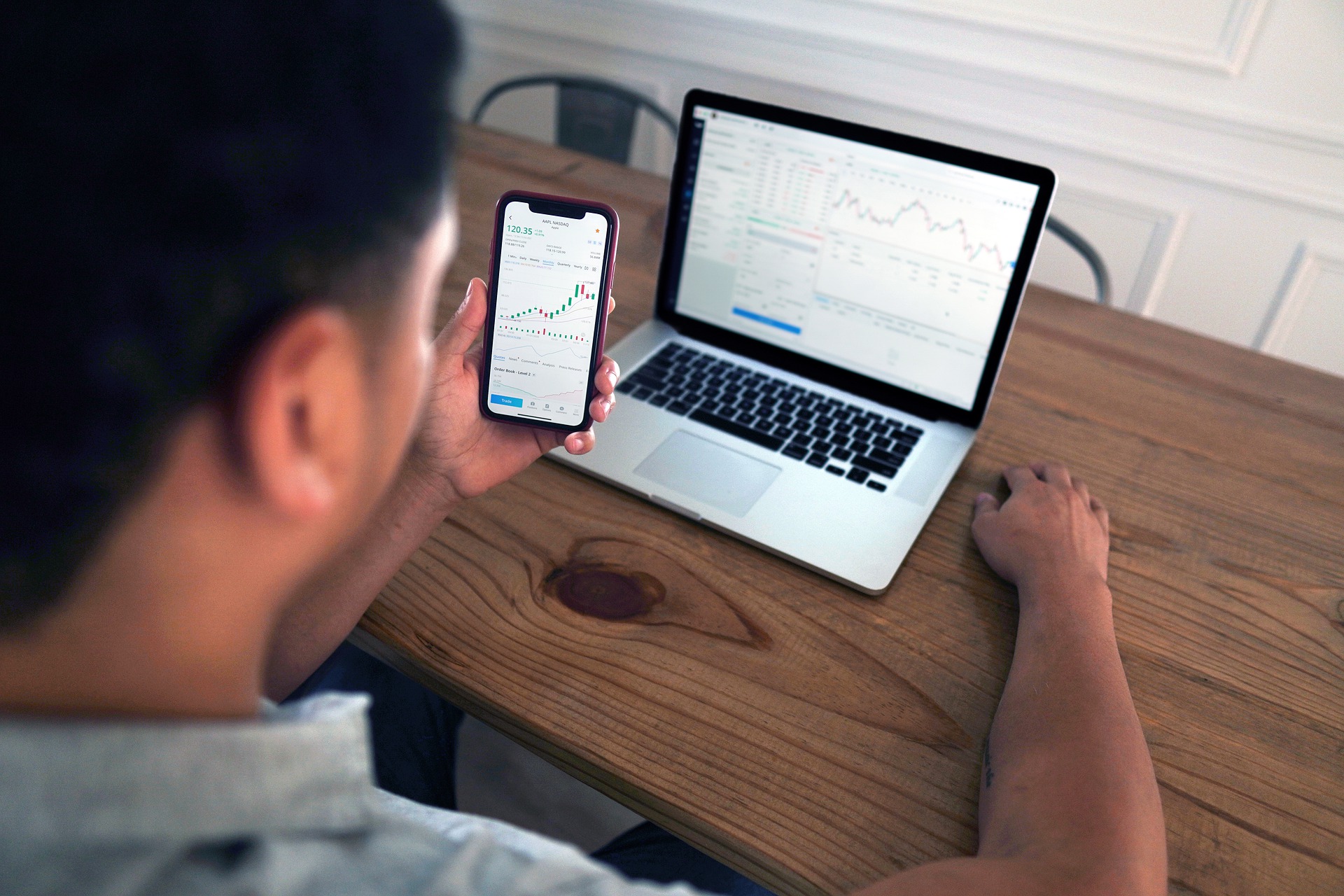
How to start CFD trading in 5 quick steps?
-
by admin
The goal today is to share our knowledge about how you should approach and trade CFDs. Follow these five steps, and you will be on your way to successful trading.
Step 1: Find the right broker for YOU!
This may sound like it’s too obvious, but find a broker that fits your needs. Here are some things to look at:
- Regulation: Make sure that any broker you choose is indeed regulated by an official authority such as ASIC (Australian Securities & Investment Commission) or NFA(National Futures Association)
- Trading platform: Which platform does the broker use? Is it a web-based or a desktop application? Do you have any prior experience with that specific trading software, and is it intuitive for you to use?
- Account types: What type of account can you get from the broker? It must allow CFD trading! Look into different spreads, account currencies and other payment methods available. You’d want to trade in your local currency if possible.
Step 2: Learn what you need to know about CFDs!
CFDs are derivatives – meaning their value depends on another asset’s value (Futures) or another derivative’s value (Options). Basically, they let you gain exposure to the value of an asset without actually owning it.
Here’s a quick list of what you need to know:
- Leverage: Your leverage is the amount you put into your trade vs the maximum you can lose. You should NEVER invest more than 5% or even less of your capital on CFDs and no more than 1-10% if you’re a newbie getting started with CFDs! We’ll talk about how to safeguard against losing too much in Step 4 below.
- Spreads: The spread is what brokers get for making a market in any given pair (e.g., S&P500 – EURUSD”). Lower spreads mean lower costs for you as a trader, but there is a tradeoff between the size of the spread and the liquidity of that market. In other words: The more tradable a CFD pair is, the tighter its spread will be.
- Leverage & stop losses: Remember Step 1 about leverage? You also need to know how to set your Stop Losses (more on this below). Make sure you leave enough room so that your Stop Losses don’t kill all of your profits before you even have any!
In short – learn what’s essential for YOU as a trader by researching those points above. Then do not forget them as you trade with CFDs! If you’re new, stick to trading Forex or maybe Futures at first.
Step 3: Sign up with a broker to practice!
It’s time to get that trading account. Remember, though; you don’t have to fund it if you’re practising and learning! I recommend trying out one of the free demo accounts available from most CFD brokers.
Most brokers have videos on YouTube explaining how to sign up for their platform, so head there if you can’t find anything online about this particular broker’s platform. Some brokers will even let you open your live account within minutes of opening your free demo – bonus!
Keep in mind Step 2 when choosing between different brokers – which one is the best for YOU? Is it reputable, does it offer the trading platform you need, etc.?
Step 4: Use a money management strategy!
Start with a small amount – a smaller sum than what you would deposit to your live account. This is so that if the worst happens and all of your trades go south, it won’t be as painful.
You can start practising/learning using Forex or even Futures at first. Remember, Stop Losses are key here – if you don’t know how to use them properly, learn now before putting real money on the table. Also, always manage your risk by setting Take Profit levels for each trade. Do not forget this critical step! I recommend checking out some EAs (Expert Advisors) or watching videos online about money management strategies for trading CFDs.
Step 5: Start Trading!
Now go back to Step 3 and open a live account if you haven’t already!
Once your starting capital is in there, you can start trading. We recommend watching some YouTube videos on various strategies or even signing up for an account with one of the many “Robo” Advisors out there! Head online and check out what other traders are saying about each broker, too – it’s vital to have a good reputation in this industry if they want to stay in business long term. Good luck!!
TIP: Don’t put all your eggs into one basket by only sticking to one broker – spread around between at least three different ones. Keep it variety 😉 Remember, trade responsibly.
The goal today is to share our knowledge about how you should approach and trade CFDs. Follow these five steps, and you will be on your way to successful trading. Step 1: Find the right broker for YOU! This may sound like it’s too obvious, but find a broker that fits your needs. Here…
The goal today is to share our knowledge about how you should approach and trade CFDs. Follow these five steps, and you will be on your way to successful trading. Step 1: Find the right broker for YOU! This may sound like it’s too obvious, but find a broker that fits your needs. Here…
